Biggest fear in the world is fear of death. Everybody tries to skip death, though death is invincible. All giant corporations with gigantic financial profits in the world starting from arms and artilleries manufacturer up to hospitals, doctors, pharma including WHO are running their show on the fear of death. But still average 91 people commit suicide every hour in the world making 2192 every day and almost 800,000 deaths from suicide every year. Furthermore, the statistics of number of people attempting suicide once or more is further terrific then we see here. For every suicide there are many more people who attempt suicide every year. A prior suicide attempt is the single most important risk factor for suicide in the general population causing suicide as the third leading cause of death in 15-19-year-olds, 79% of global suicides occur in low and middle-income countries by ingestion of pesticide, hanging and firearms, which are among the most common methods of suicide globally. Let’s delve deeper into this issue with facts and figures:
- Global Suicide Statistics: According to the World Health Organization (WHO), close to 800,000 people die by suicide each year. This translates to one suicide every 40 seconds.Suicide is a leading cause of death globally, particularly among young people. It is the second leading cause of death for individuals aged 15 to 29 years. The global suicide rate is approximately 10.6 per 100,000 population. However, this rate varies significantly by region and country.
- Suicide by Age and Gender: Suicide rates tend to be higher among males. Globally, men are about 1.8 times more likely to die by suicide than women. However, women are more likely to attempt suicide. Suicide is the second leading cause of death among teenagers in the United States. It’s a critical issue among adolescents and young adults.
- Methods of Suicide: Methods of suicide vary by region and availability of means. In many low and middle-income countries, ingestion of pesticides, hanging, and firearms are among the most common methods of suicide. Pesticide self-poisoning accounts for approximately 20% of global suicides, with the majority of these cases occurring in rural agricultural areas. Access to lethal means is a significant risk factor for suicide. Restricting access to firearms, pesticides, and other dangerous tools can be an effective suicide prevention strategy.
- The Role of Mental Health: Research shows that approximately 90% of people who die by suicide were suffering from a mental illness at least once in their lifetime, with depression being one of the most common mental health disorders associated with suicide. Suicide can be linked to intense stress, trauma, hopelessness, and a breakdown in the ability to cope with life stresses, including financial or relationship problems.
- The Impact of Suicide Attempts: A prior suicide attempt is a crucial risk factor for future suicide. Individuals who have previously attempted suicide are at a higher risk of making additional attempts.
- The Fear of Death and Commercial Interests: It’s true that the fear of death, and the desire to prolong life, is a fundamental human concern. This fear drives various industries, including pharmaceuticals, healthcare, and even self-help markets. All Healthcare providers and organizations makes profit calming to work to prevent and treat illnesses and injuries, helping to extend life and reduce suffering.
While fear of death and the commercial interests surrounding it are complex, it’s important to recognize that many organizations and professionals in the healthcare and medical fields are genuinely dedicated to improving and preserving lives. The issue of suicide, however, requires concerted global efforts to address the underlying causes, improve mental health support, and reduce the stigma associated with seeking help. Suicide prevention strategies should be implemented worldwide to save lives and mitigate this pressing public health concern.
Research shows that approximately 90% of people who faced death by suicide were suffering from a mental illness at least once in their lifetime, and the most common mental illness reported was depression. Impulsivity and substance use, including alcohol and drugs, are also warning signs for elevated suicide risk. However, it should be noted that suicidal thoughts and behaviors are not at all the natural and instant consequence of serious life stresses. People who experience a stressful life feel intense sadness or loss, anxiety, anger, or hopelessness, and may occasionally have the thought to end themselves, but in most people, however, experiences of stressful life events do not trigger recurring thoughts of death, or intention of suicide immediately. If any of these symptoms like feeling intense sadness or loss, anxiety, anger, or hopelessness, and may occasionally feel like to finish themselves are present, then the person is suffering from depression or any other psychiatric disorder.
- Mental Illness and Suicide: Research consistently shows a strong connection between mental illness and suicide. Approximately 90% of individuals who die by suicide have experienced mental health challenges at some point in their lives.
Depression, in particular, is a leading mental health condition associated with suicide. Its symptoms, including intense sadness, hopelessness, and loss of interest in activities, can create a pervasive sense of suffering that makes the idea of escape through suicide seem rational to those affected.
While depression is a major contributor to suicide risk, it’s essential to recognize that other mental illnesses, such as bipolar disorder, schizophrenia, and borderline personality disorder, also increase the risk of suicide. This suffering can become so overwhelming that those affected may view suicide as a rational means of escape from their emotional pain.
While depression is a significant contributor to suicide risk, it’s essential to acknowledge that other mental illnesses can also increase the likelihood of suicide. These include:
- Bipolar Disorder: Individuals with bipolar disorder may experience extreme mood swings, from depressive episodes to manic or hypomanic episodes. During depressive episodes, they may be at risk of suicidal thoughts and behaviors.
- Schizophrenia: Schizophrenia is a severe mental disorder characterized by distorted thinking and perception. Some individuals with schizophrenia may experience suicidal thoughts, often related to their distressing symptoms.
- Borderline Personality Disorder: People with borderline personality disorder may struggle with unstable relationships, self-identity, and emotional regulation. This instability can lead to emotional crises and suicidal ideation.
In conclusion, understanding the relationship between mental illness and suicide is fundamental in addressing this complex issue. Mental health awareness, early intervention, and treatment are vital in reducing suicide rates. It’s also crucial to foster a compassionate and supportive environment for individuals facing mental health challenges, ensuring they feel encouraged to seek help when needed.
- Impulsivity and Substance Use: Impulsivity and substance use are warning signs that can elevate the risk of suicide. For some individuals, especially when under the influence of alcohol or drugs, inhibitions may decrease, making them more prone to impulsive actions, including self-harm or suicide attempts.
Substance abuse often co-occurs with mental health disorders, creating a complex interplay that can increase suicide risk. Addressing both substance abuse and underlying mental health issues is crucial in preventing further suicide attempts.
- Stressful Life Events and Suicide: While it’s true that experiencing serious life stressors, such as loss, financial problems, or chronic illness, can lead to feelings of sadness, anxiety, anger, and hopelessness, these events don’t necessarily trigger immediate thoughts of suicide in most individuals.
It’s essential to distinguish between typical emotional reactions to stress and the presence of a mental health disorder. Many people experience stress and temporary emotional turmoil without developing suicidal intentions.
- Recognizing Depression and Psychiatric Disorders: Recognizing the symptoms of depression and other psychiatric disorders is a crucial step in suicide prevention. These symptoms may include:
- Pervasive sadness that lasts for an extended period.
- Loss of interest in activities once enjoyed.
- Feelings of hopelessness.
- Intense anxiety or irritability.
- Changes in appetite or sleep patterns.
- Difficulty concentrating.
- Social withdrawal.
- Suicidal thoughts or ideation.
When these symptoms are present, it’s vital to seek professional help, as timely intervention and treatment can significantly reduce the risk of suicide.
In conclusion, understanding the relationship between mental illness, substance use, and suicide is critical in suicide prevention efforts. Early identification of mental health disorders, particularly depression, and effective intervention can save lives. Additionally, addressing substance abuse issues and providing support to individuals going through difficult life events can further contribute to reducing suicide rates. Suicide prevention strategies should focus on improving mental health awareness, promoting accessible mental health services, and reducing the stigma associated with seeking help for mental health concerns.
While the link between suicide and mental disorders (in particular, depression and alcohol use disorders) is well established in high-income countries, most suicides are reported throughout the moments of crisis with a breakdown in the ability to deal with life stresses, like financial or relationship problems, chronic pain and illness etc. In addition, experiencing conflict, disaster, violence, abuse, or loss and a sense of isolation are strongly associated with suicidal behavior. Suicide rates are also high amongst susceptible groups like refugee, migrants, indigenous etc. experiencing any type of discrimination. But we should not neglect the fact that suicide crosses all age, racial, and socioeconomic groups despite of geography, country, religion and socio-economic status globally. In the most materially advanced country like US, suicide is the 2nd leading cause of death among children and adolescents ages 10-24, and the 3rd leading cause of death among 12 year ages. The suicide rate is approximately 4 times higher among males than among females, but females attempt suicide 3 times as often as males. Suicide is the second leading cause of death among teenagers in the United States.
It is estimated that around 20% of global suicides are due to pesticide self-poisoning, most of which occur in rural agricultural areas in low- and middle-income countries. Other common methods of suicide are hanging and firearms.
The one question everyone asks without exception, is simply: why? Why did their friend, child, parent, spouse, sibling, neighbor or whoever might be, take their own life? Even when a note explaining the reasons is found, lingering questions still remain: yes, they felt enough despair to want to die, but why did they feel that? Why and how they can take such a vile decision. Why they want to end their life so fast? A person’s suicide takes the person, leaving behind by surprise and accentuating survivor’s guilt for failing to see it coming.
The answer for this why can be given as Major risk factors for suicide categorized as below:
- Stress and depression: They’re depressed. This is, without question, the most common (almost 86%) reason people die by suicide. Severe depression is almost always accompanied by a pervasive sense of suffering as well as the belief that escape from it is hopeless. The pain of existence often becomes too much for severely depressed people to bear. The state of depression warps their thinking, allowing ideas like, “Everyone would all be better off without me” to make rational sense. Stress and depression from any types of Mental illness/psychiatric diagnosis, agonizing fear, Physical/sexual abuse, Losses, Aggressive behavior/impulsivity, Lack of social support/social isolation, Poor coping skills, Family history of suicide and/or exposure to suicide, Family history of mental illness, frustration due to Physical illness, Family disruptions (divorce or problems with the law), Traumatic event etc. comes under this category and is easily curable if diagnosed on time.
- They’re psychotic. Malevolent inner voices often command self-destruction for unintelligible reasons. Psychosis is much harder to mask than depression, and is arguably even more tragic. The worldwide incidence of schizophrenia is 1 percent and often strikes otherwise healthy, high-performing individuals, whose lives, though manageable with medication, are often derailed from their original promise. Schizophrenics are just as likely to talk freely about the voices commanding them to kill themselves as not, and also, in my experience, give honest answers about thoughts of suicide when asked directly. Psychosis, too, is treatable, and almost always requires hospital admission until the voices lose their commanding power.
- They’re impulsive. Often related to drugs and alcohol, some people become maudlin and impulsively attempt to end their own lives. Once sobered and calmed, these people usually feel emphatically ashamed. The remorse is often genuine, but whether or not they’ll ever attempt suicide again is unpredictable. They may try it again the very next time they become drunk or high, or never again in their lifetime. Hospital admission is, therefore, not usually indicated. Substance abuse and the underlying reasons for it are generally a greater concern in these people and should be addressed as aggressively as possible.
- Feeling of insecurity of lacking of authority: It’s a general principal everyone wants to feel secure and sense of security comes from the authority above them. These types of people are crying out for help, and don’t know how else to get it. These people don’t usually want to die but do want to alert those around them that something is seriously wrong. They often don’t believe they will die, frequently choosing methods they don’t think can kill them in order to call attention to their challenges, but they are sometimes tragically misled. For instance, a teenager suffering genuine angst because he/she feels lonely or has gotten into a devastating fight with his/her parents, may swallow few sleeping tablets —not realizing that in high enough doses can cause fatal organs damage. Its medically reported that many people die a horrible death in an ICU day after such an ingestion when remorse has already cured them of their desire to die and their true goal of alerting those close to them of their distress has been achieved.
- They have a philosophical desire to die. The decision to die by suicide for some is based on a reasoned decision, often motivated by the presence of a painful terminal illness from which little to no hope of reprieve exists. These people aren’t depressed, psychotic, maudlin, or crying out for help. They’re trying to take control of their destiny and alleviate their own suffering, which usually can only be done in death. They often look at their choice to die by suicide as a way to shorten a dying that will happen regardless.
- Accidental suicide: They’ve made a mistake due to easy incautions access to ways of harming oneself, like guns, knives, etc. or suicide making play or fun. This is a recent, tragic phenomenon in which typically young people flirt with oxygen deprivation for the high it brings and simply go too far.
We can observe certain signs in a suicidal, categorized in warning Signs and Immediate warning like:
Warning Signs (generally seen for long run) are Preoccupation with death (e.g., recurring themes of death or self-destruction in artwork or written assignments, Intense sadness and/or hopelessness, Not caring about activities that used to matter, Social withdrawal from family, friends, sports, social activities, Substance abuse, Sleep disturbance (either not sleeping or staying awake all night), Giving away possessions, Risky behavior, Lack of energy, Inability to think clearly/concentration problems, Increased irritability, Changes in appetite, pessimistic perception etc.
Immediate warning signs that someone may be in a suicidal crisis include Feelings of hopelessness or desperation, Insomnia, Panic attacks, Social isolation, Irritability, Rage, Feelings of being a burden.
All suicide except sixth one (Accidental suicide) can be prevented by being on the lookout for the warning signs. We can also prevent suicide by asking about it. Studies show that people do not start thinking about suicide just because someone asks them about it. If we suspect one is suicidal, tell them that we are worried and want to help them. Remember, sometimes people who are thinking about suicide won’t tell we because they are worried how we will react. Our direct, non-judgmental questions can encourage them to share their thoughts and feelings with we. Regardless of their response, if we suspect that the person may be suicidal, get them help immediately. We should look on following points to decrease suicide rate or prevent somebody being suicidal.
- Eating Habits: Fast foods, violent/fearing food and genetically altered food are main cause of fast deaths. Food is an energy supply for our body to functions on its upmost capacity. The energy can be transformed but not destroyed. The rush foods cooked and consumed with rushing mentality produce a rushing energy leaving very less time to think about the pro and cons. We may take any decision in a fraction of second motivated by the energy produced from our food and end up in suicidal condition out of excessive stress.
- Following the principle of authority: Victim should be brought near to the counselling authority and gain their trust on principle of the authority. Being a authority be friendly and make sure your friend/counselee feels comfortable opening up and communicating with you. Ask questions and avoid judgments,” said Caroline Fenkel, a psychotherapist at Newport Academy, a treatment centers for teens struggling with mental health issues, eating disorders and substance abuse. “Listening is essential to building a bridge between you and a friend. Love and understanding come first. Understanding, compassion, empathy, and setting aside judgment go a long way. Encourage them to speak to someone who can help them address what they’re feeling. It’s okay to tell adults what’s going on if you feel it might save your friend’s life.”
They shouldn’t be blamed for falling prey to such distorted thoughts any more than a heart patient should be blamed for experiencing chest pain; it’s simply the nature of their disease. Our goal isn’t so much to really talk them out of it, but is to help engage them and get them involved with some help so that they can get the treatment that they need.
- Following regulated lifestyle: Early to bed and early rise followed by refreshing Coldwater bath, meditation, yoga and natural fruits and grains breakfast before workhour is essential for stress free living.
- Reading books: More we think about any triggers of stress, trauma, depression, fear more we get horrified increasing the chances of being suicidal. Reading the books like Ramayana and Mahabharata with full of inspirational and life changing stories and incident along with the philosophy of life gives less space and time to our mind converting itself as a workshop for evil thoughts.
- Yoga and meditation: Mantra mediation under the supervision of expert practitioner/instructors along with ayurvedic/herbal healing and the regular practice of yogic postures like Urdhva Hastasana in Tadasana(mountain pose with arms overhead), Adho Mukha Vrikshasana(Handstand), Adho Mukha Shvanasana (Downward facing dog), Viparita Dandasana(chair backbend), variation (Shoulder stand with chair), Setubandha SarvangasanaI (supported bridge pose over crossed bolters) etc. are the great remedies for coping with depression and suicidal thoughts.
And last but not least, do not leave a suicidal person alone, and remove drugs, sharp objects and firearms, since access to lethal means during a suicidal crisis is a major risk factor for suicide.
Hare Krishna.
Published on: Brahmacari, S. K. D. Navigating the Shadows of Society, Modern Woes: Insights and Solutions.2023.JF Inc..
Views: 48
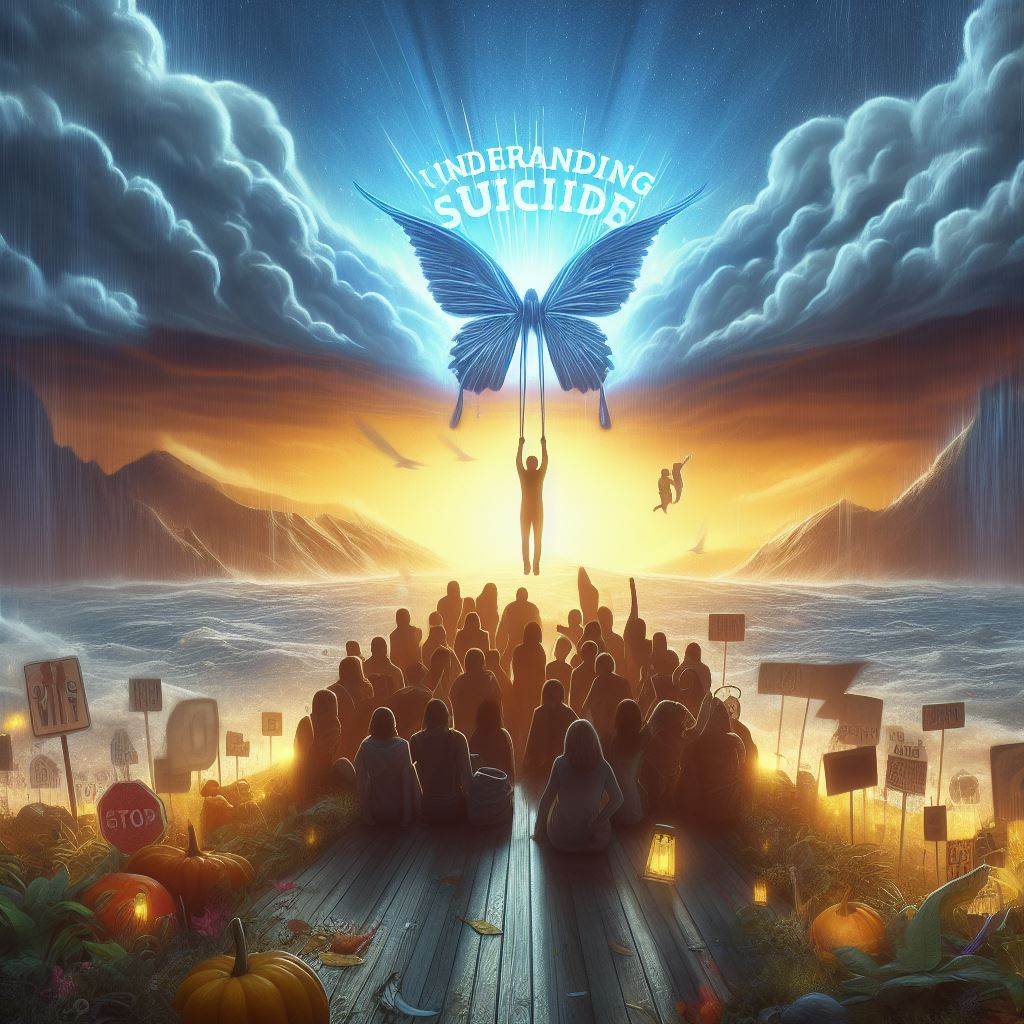

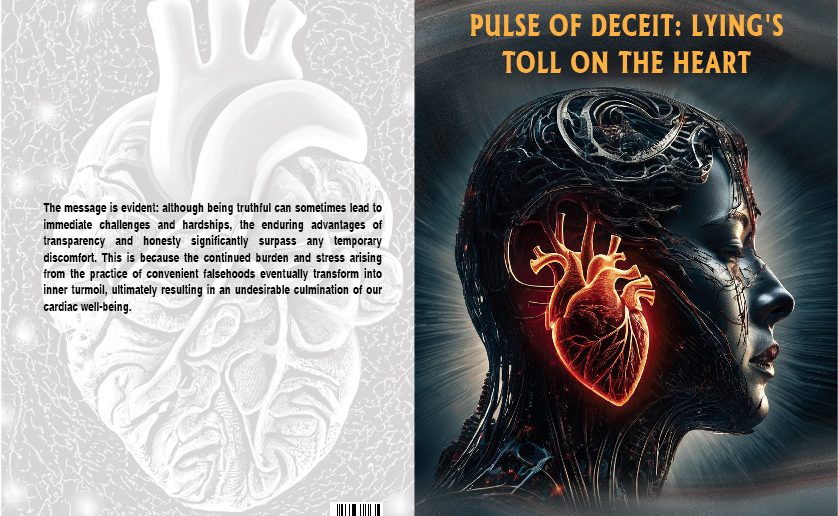








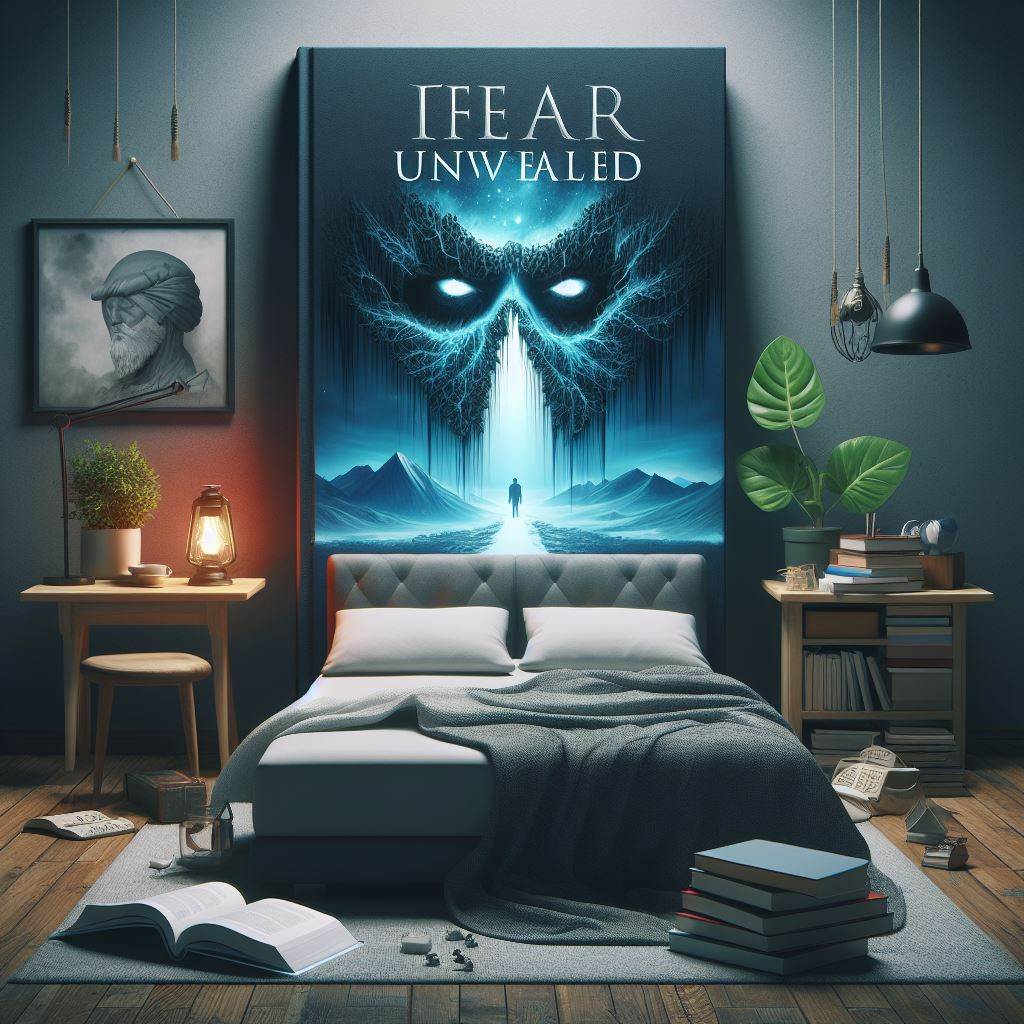



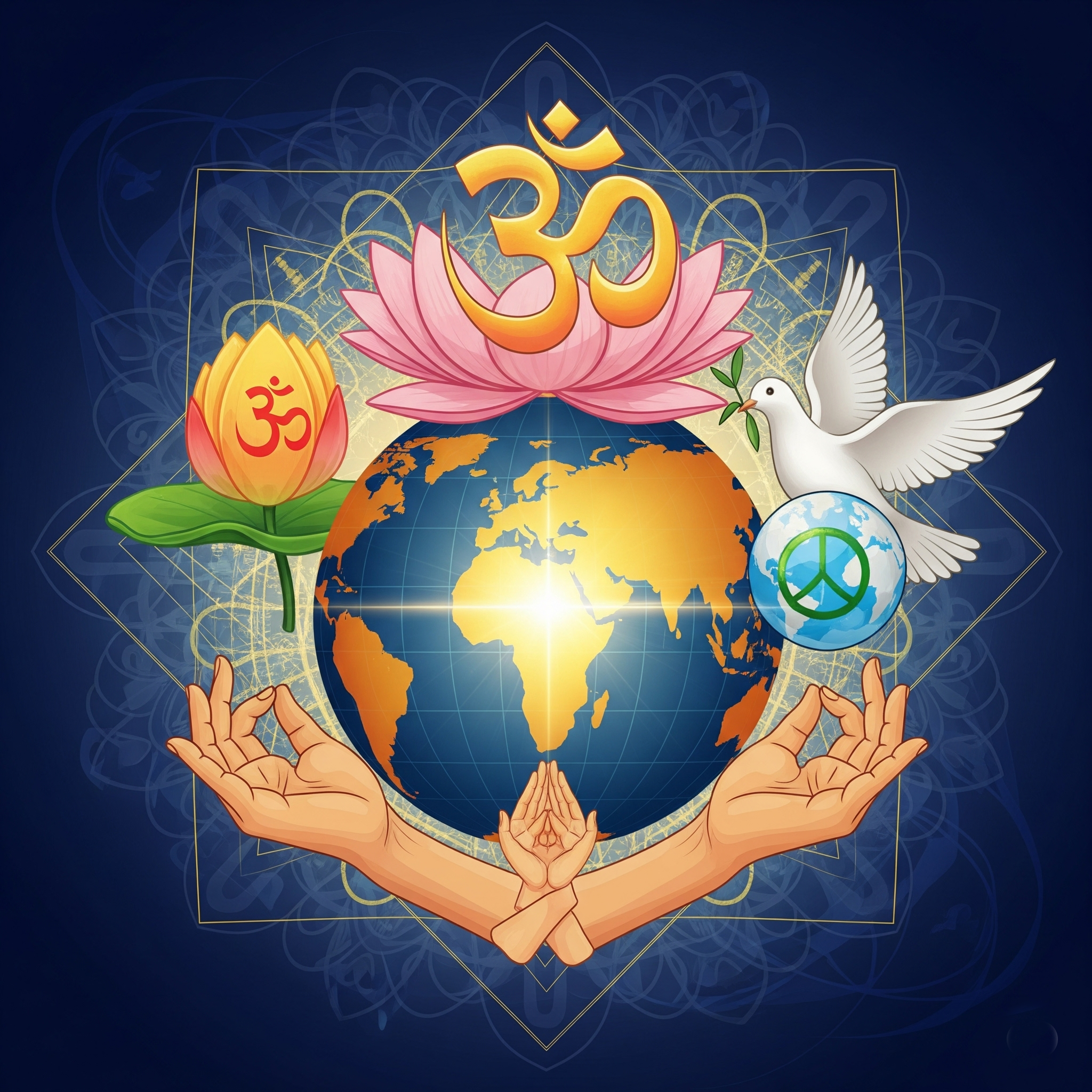

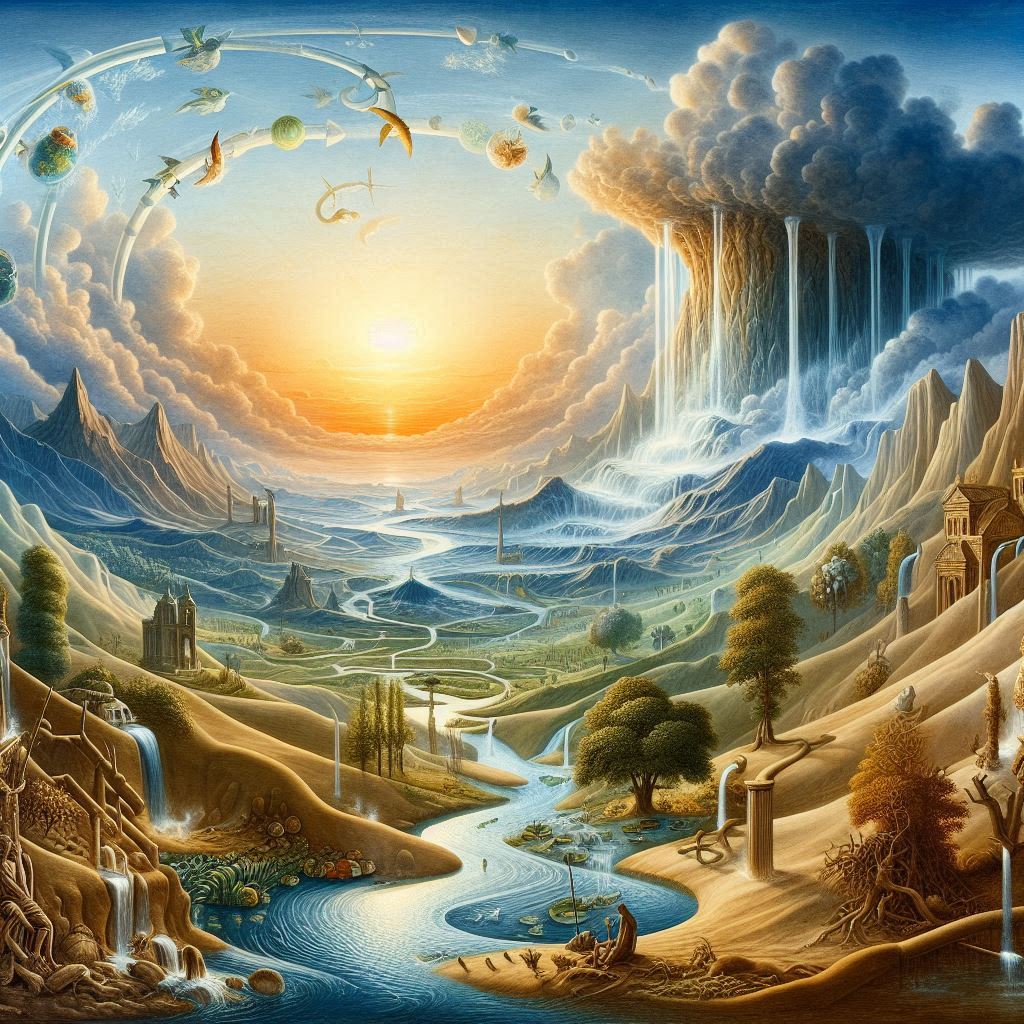

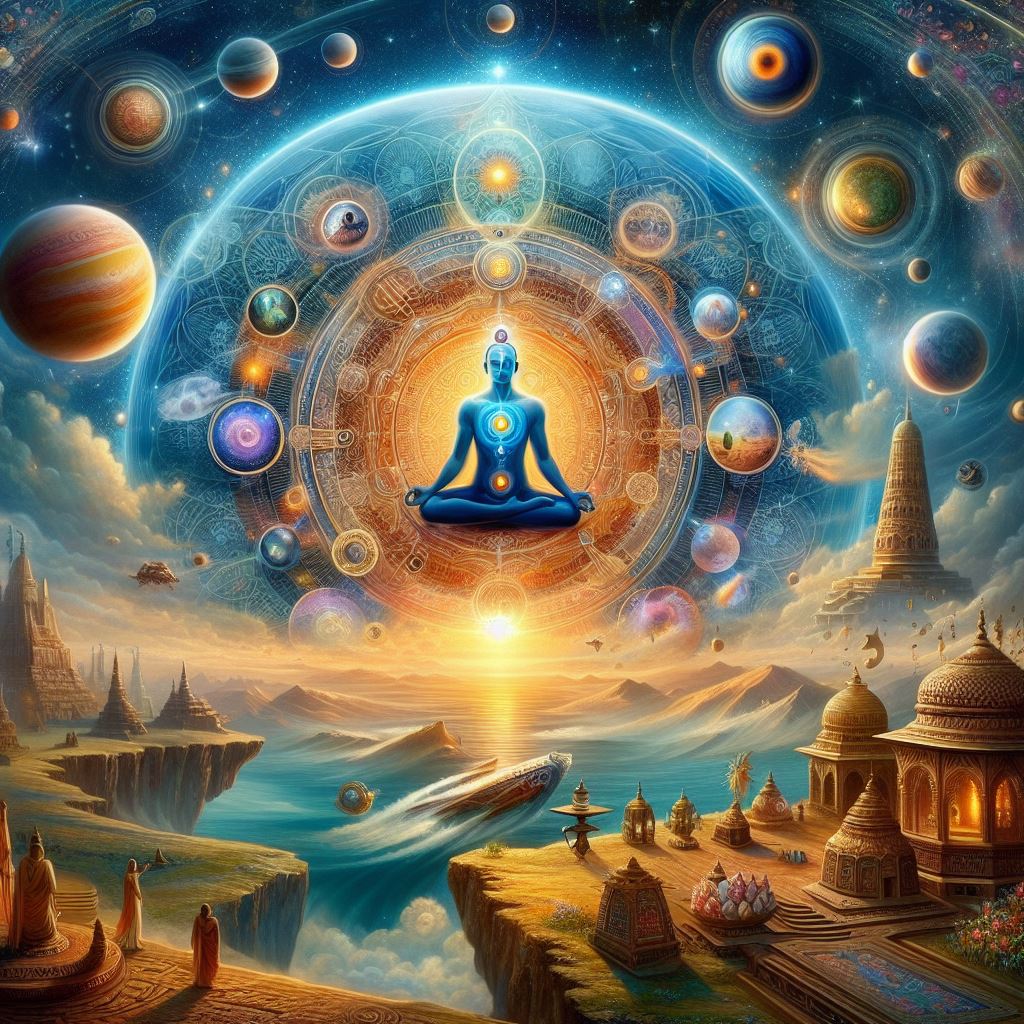











Origin of Science
The Psychospiritual Roots of Crime
Unveiling 54 Vedic Scientists
The Existence of the Soul: Exploring Neuroscience, Quantum Physics and Vedic Philosophy
Temporal Relativity in Vedic Literature: An Interdisciplinary Analysis of Time Dilation Narratives
Acharya Kaṇāda: The Ancient Sage Who Discovered the Atom
Evidence of Vedic Sanātana Hinduism as a Global Dharma
Perception of Quantum Gravity and Field Theory in the Vedas
String Theory as Mentioned in Veda
Sanskrit’s Role in Advancing AI: A Comprehensive Study
The Vedic Model of the Mind: A Contemporary Exploration
Vedic Contributions to Geometry: Unveiling the Origins of Mathematics
Matter and Consciousness in Achintya Bhedābheda: Bridging with Quantum Physics